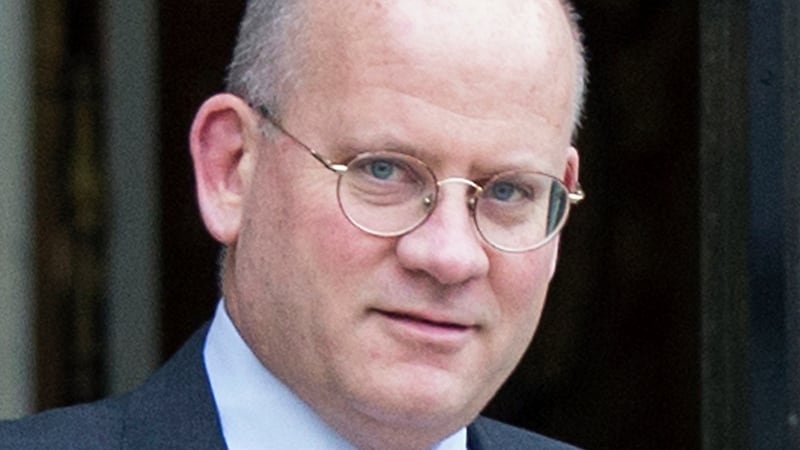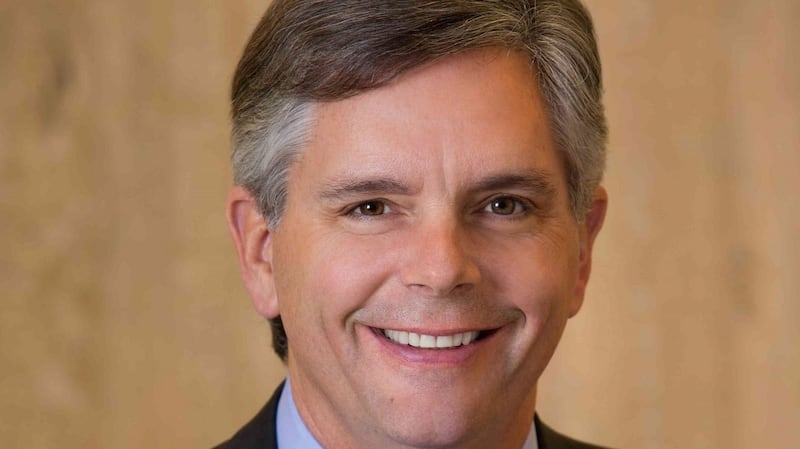General Electric has paid more than $6 billion (€5.1 billion) in fees to Wall Street banks since the turn of the century, even as its market value has collapsed 80 per cent over the period.
The industrial conglomerate's history of deal-making was called into question on Monday after the company said it would write off $23 billion from the value of its power division, following the disappointing performance of businesses it acquired in the 2015 takeover of Alstom.
The latest debacle, which cost chief executive John Flannery his job barely a year after he was promoted to the post, comes as GE is in the midst of a partial break-up and is unwinding years of acquisitions - handing a new burst of fee revenue to its favoured bankers.

Deals
Thanks to hundreds of deals over the past two decades, GE has shelled out $1.8 billion for advice on acquisitions and disposals and more than $3 billion to bond underwriters since 2000, according to Thomson Reuters data.
JPMorgan Chase, Citigroup, Goldman Sachs, Morgan Stanley and Bank of America have each earned more than $500 million from GE over that period, including their work on equity offerings and loans.
GE has long been an acquisition machine, scooping up businesses in the industrial goods, media, healthcare and financial industries. Under former chief executive Jack Welch, the company diversified in the 1980s and 1990s, buying trophy assets including the broadcast network NBC and building a giant financial services arm. In the wake of the 2008 crisis, it slimmed down the finance business and, amid mounting investor criticism, accelerated other asset sales.
The company’s relationship with JPMorgan runs deepest, dating back to 1892 when John Pierpont Morgan arranged the merger of Thomas-Houston International Electric and Edison General Electric.
Legendary JPMorgan banker Jimmy Lee, who died in 2015, held the connection with Mr Welch’s successor Jeffrey Immelt, who ran the company for 16 years. Lee advised on the sale of its stake in NBC and its sales of assets from the company’s financial unit.
Recently, the conglomerate has turned to others. Morgan Stanley and boutique Centerview Partners advised on GE’s $32 billion deal to merge its oil and gas business with Baker Hughes in 2016. It said this year it planned to spin off the business.
Morgan Stanley and Centerview were also both on the team advising GE on its $10.7 billion purchase of the power and grid operations of Alstom, alongside Lazard and Credit Suisse.

Bet
That deal was a bet that gas, coal and nuclear power would remain the choice of utilities well into the future, but profits in the unit have tumbled as renewable energy has gained market share and customers have renegotiated service contracts.
Jeffrey Sprague, an analyst with Vertical Research Partners, said the purchase of Alstom “was the most unusual deal we have ever seen” and that the $23 billion charge GE announced on Monday meant expected cash flows from the business “are no longer there”.
Speaking to CNBC last year, Mr Flannery acknowledged that the Alstom deal “in total has been a disappointment”. He said: “If we can go back in a time machine today, we would pay a substantially lower price than we paid. There’s no doubt about that.”
The company has now brought on boutique investment bank PJT to advise it on strategic matters, according to sources. PJT declined to comment.
The trouble in GE’s financial unit has nonetheless kept the company tethered to its financial advisers, who offer critical access to capital markets at a time when its balance sheet has come under pressure. The company’s credit rating has been put on review for downgrade at S&P Global while Moody’s has a negative outlook on the group.
“It’s hard to find only one culprit but you can easily say this was a collective failure,” said one banker. “Blind CEOs, cheerleading board members and advisers willing to just do the next deal at all costs.”
Bank of America, Citi, Centerview, Credit Suisse, GE, Goldman Sachs, JPMorgan, Lazard and Morgan Stanley declined to comment.
Gautam Khanna, an analyst with Cowen, said Larry Culp, the former Danaher chief executive who was appointed to replace Mr Flannery on Monday, would be able to "more candidly and quickly" identify problems at the company because he is a "seasoned GE outsider". He noted that Mr Culp was known for "prudent capital allocation" even as he completed multibillion-dollar mergers.
But Mr Khanna added: “The challenges that GE faces?.?.?.?are not easily or quickly fixable.”
Copyright The Financial Times Limited 2018











